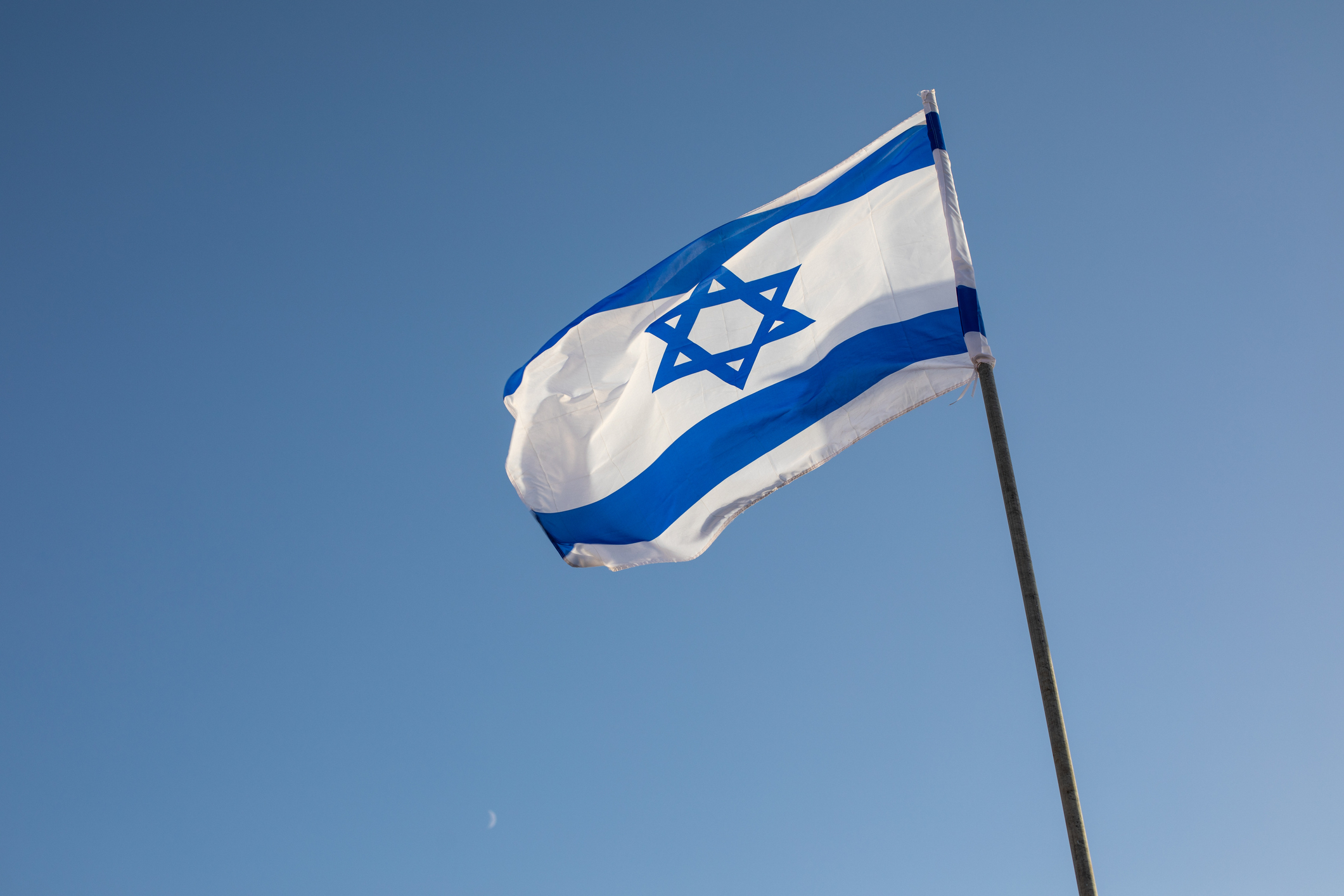
A day after the anniversary of the 7 October terrorist attack that killed 1,200 Israelis, the Middle East conflict intensified again when Israel deployed a fourth division of troops inside Lebanon, says Seb Starcevic for Politico. The move brings the likely total number of its soldiers in the country to more than 15,000, undercutting prior assurances only a week ago that the operation would be “limited” to “localised and targeted ground raids based on precise intelligence”. The escalation has heightened fears of a “wider regional war” between Israel and Iran and its proxies.
What will a wider spread of conflict mean for the world?
Until two weeks ago, most of the destruction had focused on an area close to the “blue line” that separates northern Israel from southern Lebanon, says Raya Jalabi in the Financial Times. Now, however, Israel has “dramatically intensified” its campaign and launched a “relentless barrage” of air strikes across the country.
Christian and Sunni areas, both of which are deeply opposed to the Shiite Hezbollah, as well as parts of Lebanon’s capital, have increasingly been caught in the crossfire, and more than 1.2 million people have been displaced (out of a total Lebanese population of roughly 5.5 million) and 2,000 killed. However destructive, the war is nothing compared with the devastation Hezbollah has itself inflicted on Lebanon, says Bret Stephens in The New York Times.
Sign up to Money Morning
Don’t miss the latest investment and personal finances news, market analysis, plus money-saving tips with our free twice-daily newsletter
Don’t miss the latest investment and personal finances news, market analysis, plus money-saving tips with our free twice-daily newsletter
The group claims to be a “Lebanese resistance” force, but it is actually an “Iranian occupation force” that has “repeatedly, and often violently, imposed its will on the country’s elected leadership”. As well as helping to assassinate Lebanon’s former prime minister, it has “dragged the country into ruinous wars with Israel”, turning Lebanese civilians into “human shields” and establishing “lucrative sidelines in drug trafficking, weapons smuggling and money laundering”. Indeed, Lebanon “is no longer truly a state”, says Israeli opposition leader Yair Lapid in The Economist.
Hezbollah’s ruthless actions have left the country with a “ruined” economy and “rampant” food inflation. Nine in 10 children do not receive regular meals, and electricity and water are available “only a few hours a day”. Lebanon will “never recover” for as long as Hezbollah maintains its control, so the only way ahead is to “shatter its military power and the intimidation effect it creates within Lebanese society”. At the same time the world “needs to invest the necessary resources in reorganising Lebanon’s political structure and, importantly, rebuilding its army”.
Israel’s incursion into Lebanon puts it “on the cusp of a dilemma”, says Marcus Walker in The Wall Street Journal. Air strikes and limited ground raids are unlikely to be enough to end the threat from Hezbollah, yet occupying significant amounts of territory inside Lebanon “could give Hezbollah the opportunity to fight a protracted insurgency against the Israeli army”. Israel needs to learn from the experiences of the two other major Israeli invasions of southern Lebanon, in 1978 and 2006 – both of which inflicted “substantial damage” on Lebanon, but “didn’t achieve lasting security gains”.
This article was first published in MoneyWeek’s magazine. Enjoy exclusive early access to news, opinion and analysis from our team of financial experts with a MoneyWeek subscription.



